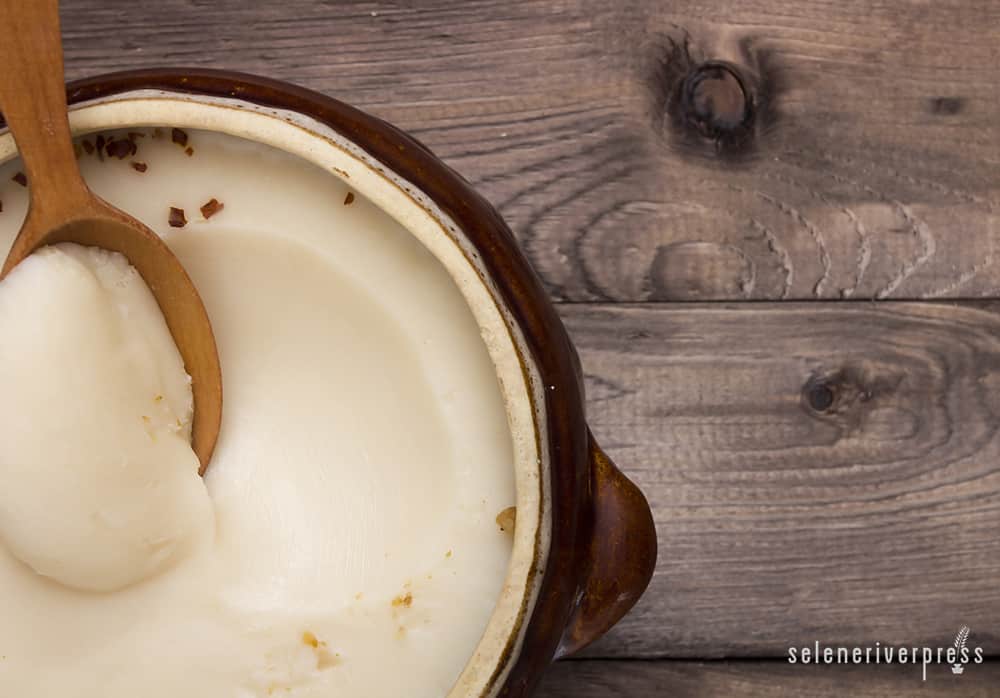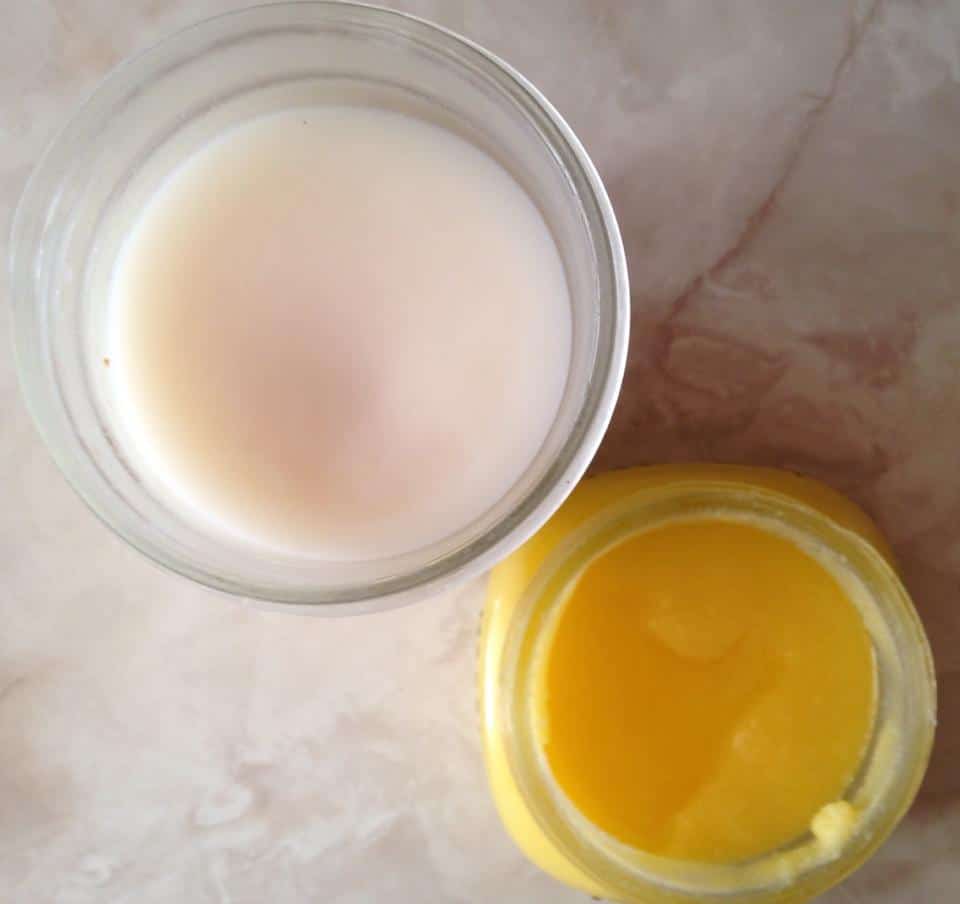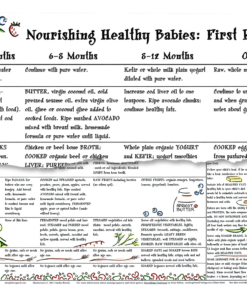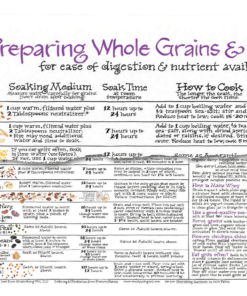Vitamin D deficient? You are not alone. In 2004, the Scientific American reported that more than 75 percent of Americans were deficient in vitamin D. And in 2005, the Journal of Nutrition reported that vitamin D deficiency “is now recognized as an epidemic in the United States.” Really? Why? How?
Taking a vitamin D3 supplement? You are not alone in that, either. The market for vitamin D supplements is projected to be worth more than $2.5 billion by the year 2020! Unfortunately, most of this market is flooded with artificial forms of vitamin D supplements (D2 or D3), and vitamin D2 is not well absorbed by the body. The front-runner for vitamin D supplementation is D3 because it is bioavailable—even though most of it is still made artificially. This is why the only vitamin D3 supplement I recommend is Cataplax D from Standard Process.
It’s too bad that supplements made in a chemical lab from isolated ingredients usually can’t be used by the body. Nope. We’ve been duped. We can rarely use just one isolated fraction of a vitamin complex, or even just one complex or just one mineral. There are always synergists, other players. One could say that partners are needed. When we take a supplement (or any other food fraction) made in a lab without its partner, the best we can hope for is that it will simply be flushed down the drain, along with the money we spent on it. (For more on how vitamins work, see Dr. Royal Lee’s “A Few Facts About Vitamins” and “The Facts Are Published—Why Not Be Honest About It?” as well as the entire volume of Vitamin News.)
The Sunshine Vitamin
Vitamin D is known as the “sunshine” vitamin because it is produced in our bodies by exposure to sunlight. Unfortunately, most of us don’t get enough sun exposure to produce the level of vitamin D we need. This can be expounded by a few factors. We do not have enough cholesterol in our skin for the sun to irradiate and turn into vitamin D. We apply pesky “sunscreen” with relish, which does its darndest to block the sun we need (more on that another time). And finally, our ability to convert vitamin D in our skin decreases as we age (for reference, see here, here, and here).
Why Should We Care About Vitamin D?
Vitamin D plays a role in many functions in the body. The most notorious outcome of vitamin D deficiency is rickets. This is when bones fail to mineralize, resulting in soft bones and skeletal deformities. (But didn’t rickets go out in the early 1900s? Yes. More on this later.) According to the Vitamin D Council, other symptoms attributed to vitamin D deficiency include: osteoporosis and bone pain, muscle weakness (and decreased muscle coordination), cardiovascular disease, hypertension, rheumatoid arthritis, asthma, multiple sclerosis, autoimmune diseases, cancer, chronic pain, diabetes, hyperparathyroidism, mental illness, and obesity, among others. Yikes! That’s quite a menu.
What Are We to Do?
The body cannot effectively use synthetic vitamin D, nor can we all live on the equator and sunbathe nude. So what can we do to get the vitamin D our bodies need in a form we can use? Eat it. That’s right. We can simply eat foods that are high in vitamin D. Once again, food is the foundation of good health and well being. Food. Food contains all the synergists, factors (or partners) that we need, and in one package. Read on for a list of foods that are high in natural vitamin D and its synergists. Hooray for eating real food!
Foods Highest in Vitamin D
Best: Cod liver oil. Yes, it’s true. Cod liver oil outshines all other foods by a mile (or at least 800 IUs per serving). One mere tablespoon is chock-full of vitamin D. And if you get a good brand that protects against rancidity and doesn’t use synthetic additives, cod liver oil can provide over 1300 IU of vitamin D per tablespoon. Cod liver oil is what solved the rickets crisis in eighteenth century Europe. And it was used throughout the United States in the late 1800s and early 1900s. There was a reason our grandmothers and great grandmothers gave their children a tablespoon of cod liver oil on the way out the door to school every morning. They knew! (Important note: cod liver oil is not fish oil, folks. It is oil from the livers of cods.)
Better: Swordfish, salmon, and tuna. These options provide much less vitamin D per serving than cod liver oil, and you need much larger portions (3 oz. versus 1 tablespoon). Sardines also offer vitamin D, though in a smaller amount.
Good: Nutrient dense, traditional foods from pastured animals only. Remember, vitamin D is the sunshine vitamin. Animals that graze on pasture take that sunshine and convert it into vitamin D rich foods: liver, organ meats, and eggs. And my favorite, lard. Yes, lard. (Didn’t grandma also make the best flaky pie crusts from lard? Yes, she did. And didn’t she use it in her cooking as a traditional fat? Yes, she did.) Lard from pigs raised on pasture is high in vitamin D—higher than pastured butter. And now lard from pastured pigs is available in most natural food stores. Or you can always render your own.
Keep in mind, though, that milk and butter are not great sources of vitamin D. The fat in the grass—also known as chlorophyll—has to be present for the sunlight to create vitamin D in raw milk and butter. Because the D content in milk and butter depends heavily on the health of the grass and alfalfa consumed by the cow, milk and butter are not dependable sources of vitamin D. For instance, rickets was not caused by a milk deficiency. People were drinking plenty of milk, but they weren’t getting sunlight, fish, healthy eggs, or animal organs.
Why Do I Keep Mentioning Grandma?
“Grandma” represents an age, a way of cooking, and a quality of ingredients that typify the early 1900s in America (when, depending upon your age, your grandmother was alive). Nutrient dense foods like cod liver oil, lard, butter, egg yolks, liver, and raw dairy were typical of that time period. And Americans were much healthier than we are today. (If you would like to learn more on cooking nourishing, traditional foods like your grandmother did, see my book With Love from Grandmother’s Kitchen: Traditional Cooking Techniques for Well-Being.)
How Did We Get to Be Vitamin D Deficient?
Easier than pie crust, unfortunately. In fact, let’s start there. As early as 1911, cans of Crisco (hydrogenated fat, or partially hydrogenated cottonseed oil, now made from soybean oil) replaced good ole’ lard and butter in American kitchens across the land. Proctor and Gamble touted their ersatz fat as “better than butter and lard.” Heck, it was made in a lab, so it had to be better for us, right? A symbol of American ingenuity, it was “cleaner” than products that came from animals, and it was cheaper. If you wanted to be a “with it” cook, you used Crisco.
Right after WWII, and somewhat as a result of butter shortages during the war, margarine made its debut. Butter and lard were demonized, and the incredible, edible egg, along with other foods high in vitamin D, were on the chopping block. The American diet has been deficient in vitamin D foods for more than a century. No wonder it has reached epidemic levels.
If you have a vitamin D deficiency now, or if you don’t want to get one, get eating. Real, traditional, nutrient dense foods. Maybe out in the sun on a picnic blanket. And leave the artificial D3 on the supermarket shelf.
Image from iStock/VIPDesignUSA (main image), and Monica Corrado (lard in jars).






